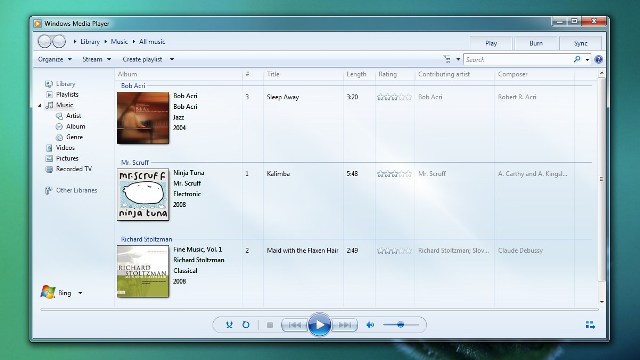

RealNetworks also challenged Microsoft's claims regarding WMA's superior audio quality compared to RealAudio. The former claim however was rejected by some audiophiles and both claims have been refuted through publicly-available codec listening tests. Microsoft claimed that WMA could produce files that were half the size of equivalent-quality MP3 files Microsoft also claimed that WMA delivered "near CD-quality" audio at 64 kbit/s. It was later officially released as Windows Media Audio, as part of Windows Media Technologies 4.0. The first finalized codec was initially referred to as MSAudio 4.0. Malvar was a senior researcher and manager of the Signal Processing Group at Microsoft Research, whose team worked on the MSAudio project. The first WMA codec was based on earlier work by Henrique Malvar and his team which was transferred to the Windows Media team at Microsoft. Microsoft has also developed a digital container format called Advanced Systems Format to store audio encoded by WMA. WMA Voice, targeted at voice content, applies compression using a range of low bit rates. A lossless codec, WMA Lossless, compresses audio data without loss of audio fidelity (the regular WMA format is lossy). WMA Pro, a newer and more advanced codec, supports multichannel and high resolution audio.

The original WMA codec, known simply as WMA, was conceived as a competitor to the popular MP3 and RealAudio codecs. It is a proprietary technology that forms part of the Windows Media framework. Windows Media Audio ( WMA) is a series of audio codecs and their corresponding audio coding formats developed by Microsoft.


 0 kommentar(er)
0 kommentar(er)
